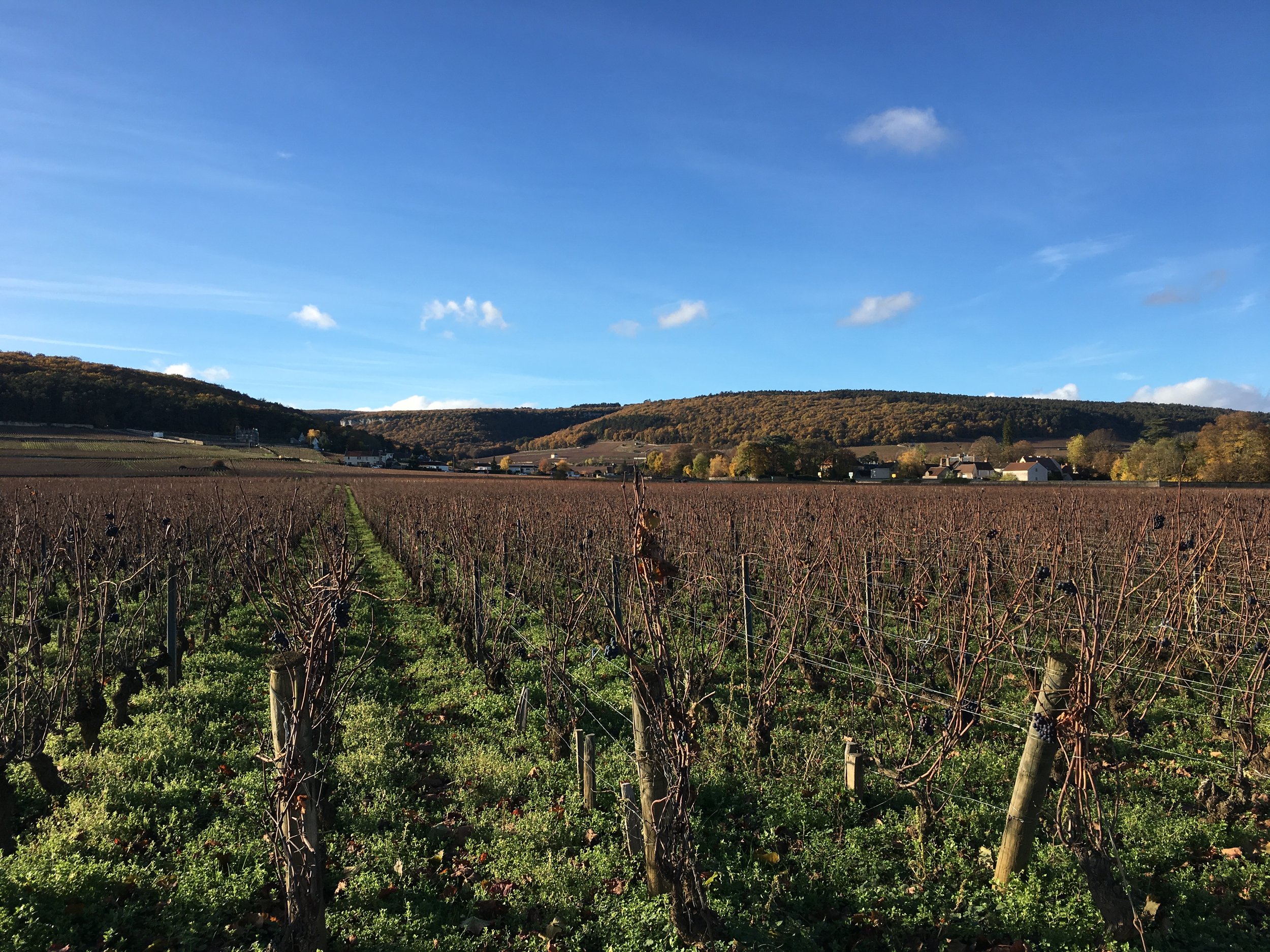Gevrey-Chambertin, Appellation
Discovering the Appellation of Gevrey-Chambertin
Located in the heart of the Côte de Nuits, Gevrey-Chambertin is one of Burgundy's most renowned wine-producing villages. With 69 classified climats, the appellation offers a diverse range of wines that showcase the region's unique characteristics.
We are proud to be collaborating with world-class winemakers from this appellation such as Domaine les Astrelles and Domaine Humbert.
History of the Appellation
Before the French Revolution, the vineyards of Gevrey-Chambertin belonged to the monks of Dijon, Citeaux, and the hospital of Dijon. After the sale of the "Biens Nationaux," the ownership of the vineyards became more diverse, and many winegrowers from Gevrey and Fixin benefited from this change. In 1936, the appellation Gevrey-Chambertin was officially recognized, and the wines from the village of Brochon, which is part of the appellation, were also included.
Characteristics of the Appellation
Gevrey-Chambertin wines are known for their complexity and structure. The wines from the western part of the appellation, near the national road 74, are generally more full-bodied, while those from the eastern part are more delicate. The wines from the northern part of the appellation are more consistent, while those from the southern part are more refined.
Three Styles of Gevrey-Chambertin
There are three distinct styles of Gevrey-Chambertin wines, each with its unique characteristics:
Powerful and Fine: Wines from the first zone, which includes the villages of Gevrey-Chambertin and Brochon, are known for their structure and complexity. They are full-bodied and have a good balance of texture and consistency.
Here are a few climats from this area: Les Evocelles, Meix-Bas, En Champs, En Vosne, and En Sylvie.
Fleshy and Refined: Wines from the second zone, located under the Grand Crus and Premier Crus of the south, are known for their texture and finesse. They are often long and full, with a good balance of acidity and tannins.
Here are a few climats from this area: En Pallud, Aux Etelois, Clos Prieur-Bas, Aux Echézeaux, Champs-Chenys and Vignes Belles.
Tender and Fruity: Wines from the third zone, which includes the alluvial cone that extends far into the piémont (a brown-red soil), are known for their tenderness and fruitiness. They are generally more approachable and easier to drink.
Here are a few climats from this area: Creux Brouillard, Craite-Paille, La Platière, Les Crais, La Justice.
Legislation and Labeling
The legislation regulating the Appellations d'Origine Contrôlée (AOC) requires a minimum natural degree of 10.5% and a maximum yield of 40 hl/ha for the "Village" appellation. The name of a lieu-dit can follow the appellation communale, provided it is printed on the label.


